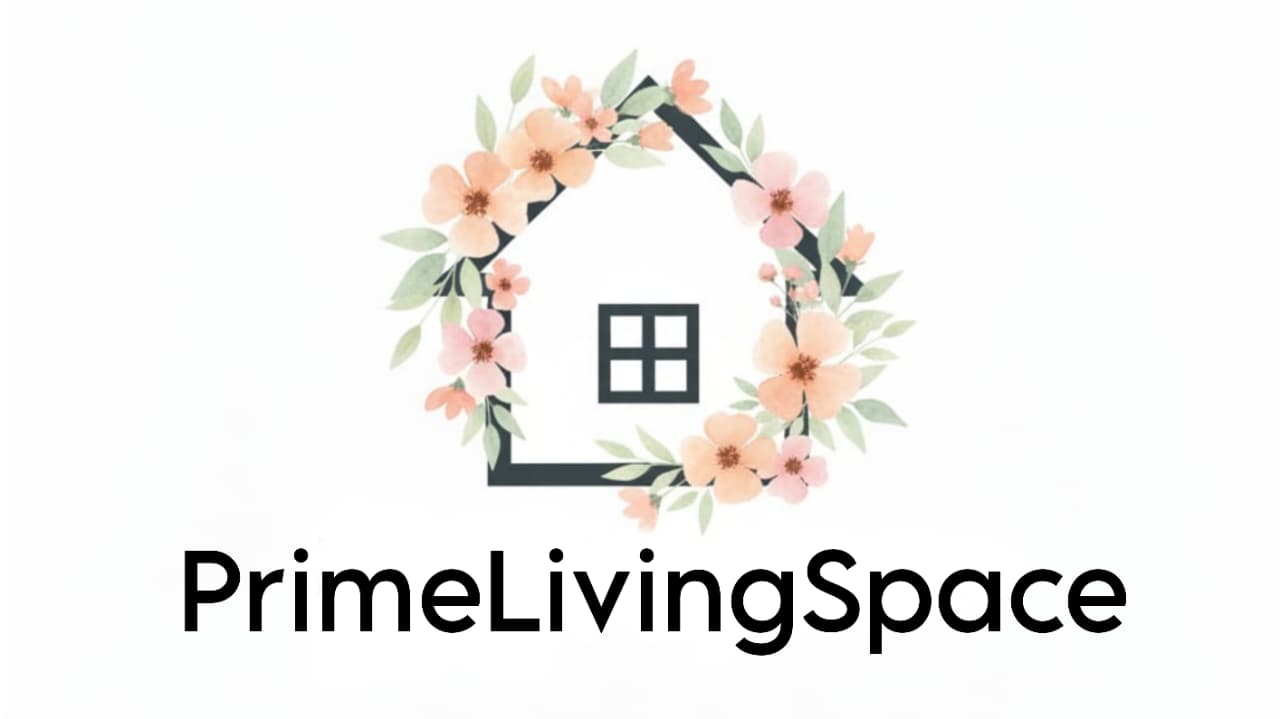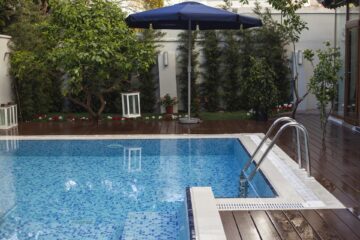When most people hear the word monastery, they imagine a stone abbey tucked into the hills or a Buddhist temple wrapped around a courtyard. But what makes a home for monks different from any other residence? And why are architects, retreat planners, and even homeowners looking at monastic living as a blueprint for design today?
Let’s dig deeper than the usual “minimalist vibes.” A monk’s home isn’t about empty rooms and plain walls — it’s about engineering a lifestyle: silence, simplicity, community, and service.

Why “Home” Matters More Than “Monastery”
Here’s a little shift in perspective: instead of thinking about a monastery as an institution, think of it as a home that prioritizes inner life over outer noise.
For monks, home means:
- A cell where you can retreat and rest.
- Shared meals that nurture community bonds.
- Spaces for prayer, meditation, and learning.
- Workrooms that connect labor with meaning.
And while monks live under religious rules, the design lessons carry over. More and more people today borrow monastic elements for retreat centers, co-housing, or even private homes. Why? Because the design values still apply: calm, clarity, and durability.
Core Program Across Traditions: What Every Monastic Home Needs
When you compare Christian, Buddhist, and Japanese traditions, patterns emerge. Different architecture, same DNA.
- Western cloister model (Benedictine, Cistercian): Cells, refectory (dining hall), chapter house, cloister garden, workrooms. These spaces structured the rhythm of prayer and labor.
- Buddhist vihāra: Cells arranged around a courtyard, with a meditation hall and refectory. Functionally similar, but built for tropical climates.
- Japanese Zen temples: Wooden halls, sliding partitions, deep eaves, and modular tatami layouts. Flexible but disciplined.
Takeaway: A monk’s home always balances solitude (cells), community (refectory, cloister), and devotion (oratory or meditation hall).
Privacy Gradient: How Monks Design Silence Without Isolation
Imagine walking into a monastery. You don’t immediately enter the sacred heart. Instead, you cross thresholds: a gate, a cloister walk, maybe a guest area, and only then do you reach the private cells.
This layering is intentional. It’s what architects call a privacy gradient:
- Public: Guest hall, church, visitor dining.
- Semi-public: Courtyard paths, workrooms.
- Private: Cells, study spaces.
Practical insight: If you’re designing a retreat house or even a home inspired by monks, don’t open the front door directly into the “cell.” Use transitional spaces — a vestibule, a screened corridor, or even a garden path. These act as subtle signals: “slow down, silence begins here.”
Read: Solar Panels in Teas Passage: Full Guide For Homeowners
The Monk’s Cell: Small Room, Big Meaning
A monk’s bedroom (cell) is deceptively simple. It’s not just “a small room.” It’s carefully proportioned to support contemplation and rest without distraction.
Design pointers from history & modern practice:
- Light: A single window, usually small, placed to catch morning light. Enough to read, but not enough to distract with views.
- Storage: Built-ins or niches so the room looks empty but functions well.
- Materials: Honest, breathable surfaces — timber, stone, lime plaster. They age with dignity.
- Sound: Silence is gold. Acoustics matter. Simple tricks like cork underlay beneath floors, thick doors, and fabric panels help.
Think of it this way: a monk’s cell is the original “tiny home” — pared down not for trendiness, but to remove mental clutter.
Cloister or Courtyard: Walking as Prayer
If the cell is the heart, the cloister is the bloodstream. It’s the walkway that connects everything: chapel, refectory, library, cells.
- Circulation with meaning: Instead of random hallways, the cloister forms a loop. Walking it becomes meditative.
- Framed gardens: The central garth (garden) isn’t decorative; it’s a calming focal point, often with herbs, gravel, or a fountain.
- Shelter: Covered arcades make it usable year-round.
If you’re adapting the idea for a modern retreat or co-housing, think of a central courtyard that people circulate around. It naturally fosters calm, order, and subtle connection.
Refectory and Kitchen: Eating as Ritual
Meals aren’t just functional in monastic life — they’re ritual. The refectory (dining hall) often has long tables facing each other, with one seat for reading aloud during meals.
Design insights for today:
- Orientation: Long rectangular rooms keep focus on community, not scattered chatter.
- Acoustics: High ceilings? Add sound-absorbing finishes so silence isn’t broken by clattering dishes.
- Flow: Direct pass-through from kitchen to refectory reduces disturbance.
Even in a family home, arranging a large table with a clear axis can shift meals from “chaotic snack time” to “ritual gathering.”
Light, Sound, and Time: Environmental Script of Monastic Living
One thing monasteries do brilliantly: they use architecture to teach time and rhythm.
- Daylight choreography: East-facing cells wake you with sunrise; south-lit workrooms stay bright all day; north-lit study spaces keep glare away.
- Sound buffers: Noisy functions (laundry, workshops) are kept far from silent zones. Even fountains in cloisters act as white noise.
- Tech boundaries: In modern monastic houses, many communities ban Wi-Fi or keep charging lockers at the edge of the cloister. The building itself enforces discipline.
For anyone working from home: imagine placing your charging station in the entryway so your bedroom (cell) stays device-free. That’s monastic wisdom applied to modern burnout.
Siting & Climate Strategy
Not all monasteries look alike because they adapt to climate. Lessons here are surprisingly timeless:
- Tibet & Himalayas: South-facing courtyards to catch sun, thick stone for thermal mass.
- Tropical Asia: Elevated floors, wide eaves, and open courtyards for ventilation.
- Europe: Thick walls, cloisters with deciduous trees (shade in summer, light in winter).
Instead of blindly copying “monastic minimalism,” learn the why behind the design — orientation, climate response, and material logic.
Also Read: Mike Wolfe Passion Project: Where History Meets Heartfelt Purpose
Work, Craft, and Hospitality
Monks don’t just pray — they work and host. The design reflects this balance.
- Craft workshops: Soap-making, bread ovens, pottery sheds — placed near service yards to avoid noise spill into cloisters.
- Guest wings: Small clusters of rooms, usually near but not inside the cloister. Guests taste the rhythm without breaking it.
A modern adaptation? Guest annexes or AirBnB cabins designed as quiet “cells” — offering hospitality while preserving the household’s core privacy.
Accessibility, Codes, and the Unglamorous Essentials
Romantic as monasteries look, they still have to deal with real-world rules.
- Accessibility: Wider corridors, ramps, and accessible refectory seating.
- Fire codes: Rated doors, concealed sprinklers, exit signage (yes, even in a monastery).
- Sanitation: Laundry and waste management tucked discreetly to keep silence intact.
If you’re designing today, remember: simplicity doesn’t excuse ignoring safety. True monastic design balances timeless beauty with modern compliance.
Materials & Maintenance: Choosing for Patina, Not Perfection
Monks think long-term. Their materials are:
- Local and durable: stone, brick, timber.
- Aging gracefully: lime plaster that shows patina, wood that darkens with touch.
- Repairable: nothing too “high-tech” to maintain.
If you want monastic design at home, choose finishes that look better after 20 years of wear — not ones that demand polishing every week.
Adapting Monastic Patterns for Today
Here’s the exciting part: you don’t need to be a monk to borrow these patterns.
- Tiny hermitage model (4–8 people): perfect for retreat centers or spiritual co-housing.
- Teaching monastery (20–40 people): full program with guest wing.
- Monastic-inspired family home: cells as bedrooms, a cloister-like hallway, and one large refectory-style dining room.
This last one is becoming popular with families who want calm, structure, and meaningful spaces rather than open-plan chaos.
Cultural Integrity: Avoiding “Monk Chic”
One final caution: monastic design isn’t about aesthetic minimalism alone. It’s about supporting a way of life.
- Respect the rules that shape the design (Benedictine hours, Buddhist meditation schedules, Zen practice).
- Work with local crafts and materials instead of pastiche.
That’s how you create a “home for monks” that feels authentic, not a theme park.
Wrapping Up: A Home That Teaches Stillness
Designing a home for monks isn’t just about architecture. It’s about building silence into the walls, rhythm into the light, and hospitality into the thresholds.
Whether you’re an architect, retreat host, or just someone craving calm, these lessons still matter. The monk’s home teaches us that simplicity isn’t emptiness — it’s designed with purpose.
And maybe the real takeaway is this: a monastic home doesn’t ask how much space you have — it asks what kind of life you want that space to teach you.
FAQ
1. What is a home for monks?
A home for monks is a dwelling, often called a monastery, cloister, or hermitage, where monks live together in a community or in solitude. These spaces are designed to support prayer, meditation, work, and communal living according to religious traditions.
2. How are homes for monks designed?
Most homes for monks follow minimalist architecture with stone walls, courtyards, chapels, meditation halls, and simple wooden interiors. The design reflects values of simplicity, silence, and devotion while making use of natural light and open spaces.
3. What daily routines take place inside a home for monks?
A typical day begins with early morning prayers or meditation, followed by work such as gardening, cooking, or maintenance. Meals are often eaten in silence, and evenings are reserved for study, reflection, or additional prayer.
4. Are there different types of homes for monks across religions?
Yes. Christian cloisters, Benedictine monasteries, Buddhist temples, and Hindu ashrams are all forms of monastic homes. While they vary in design and practice, all emphasize spiritual discipline, communal living, and detachment from materialism.
5. Can visitors stay in a home for monks?
Many monasteries and retreat centers welcome visitors. Guests often stay to experience silence, mindfulness, and spiritual retreat, sometimes participating in daily rituals alongside monks.
6. What can modern people learn from homes for monks?
Homes for monks inspire lessons in minimalism, sustainable living, and intentional communities. They show how simplicity, mindfulness, and eco-friendly design can create peaceful, meaningful lifestyles.



